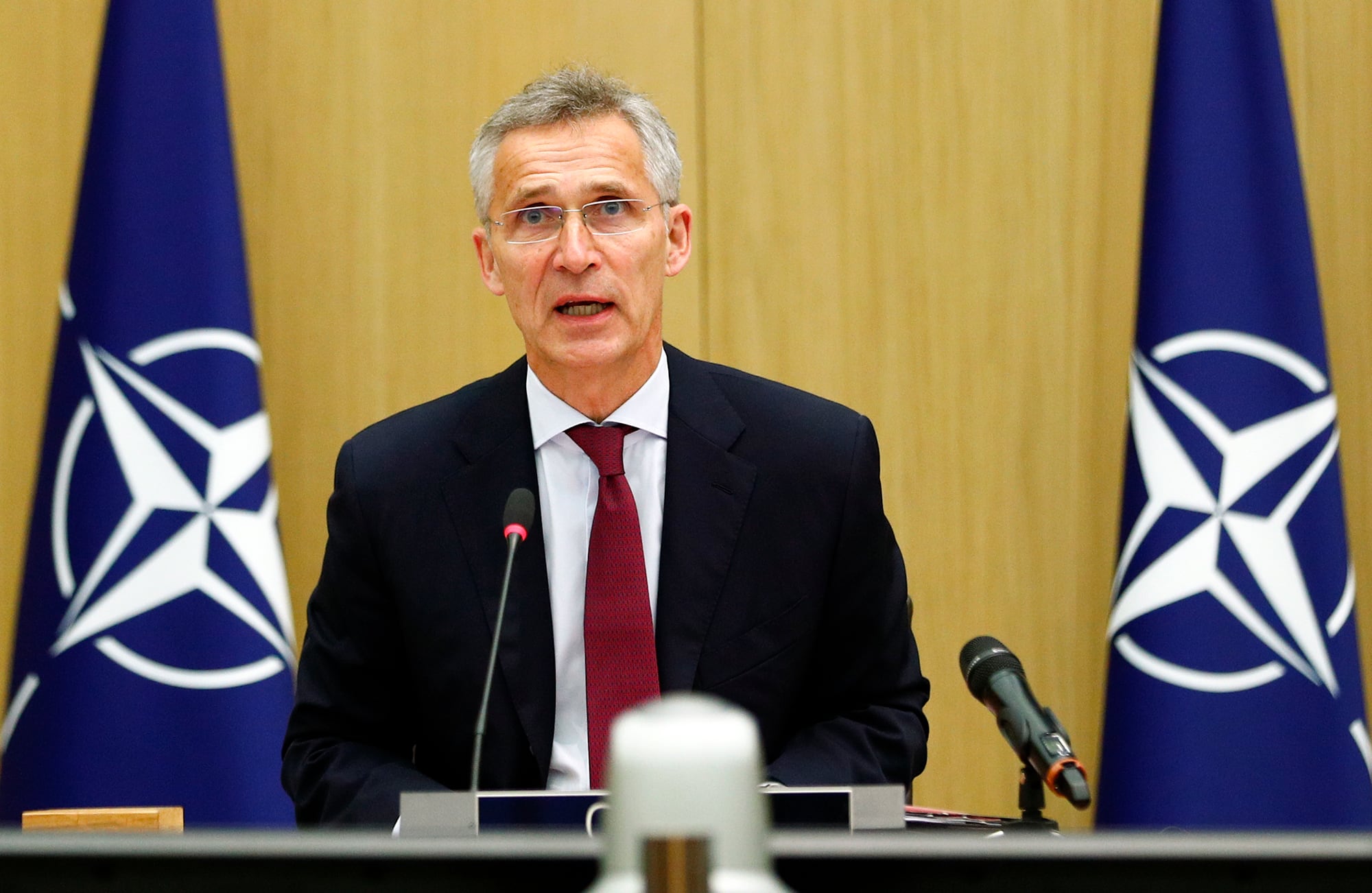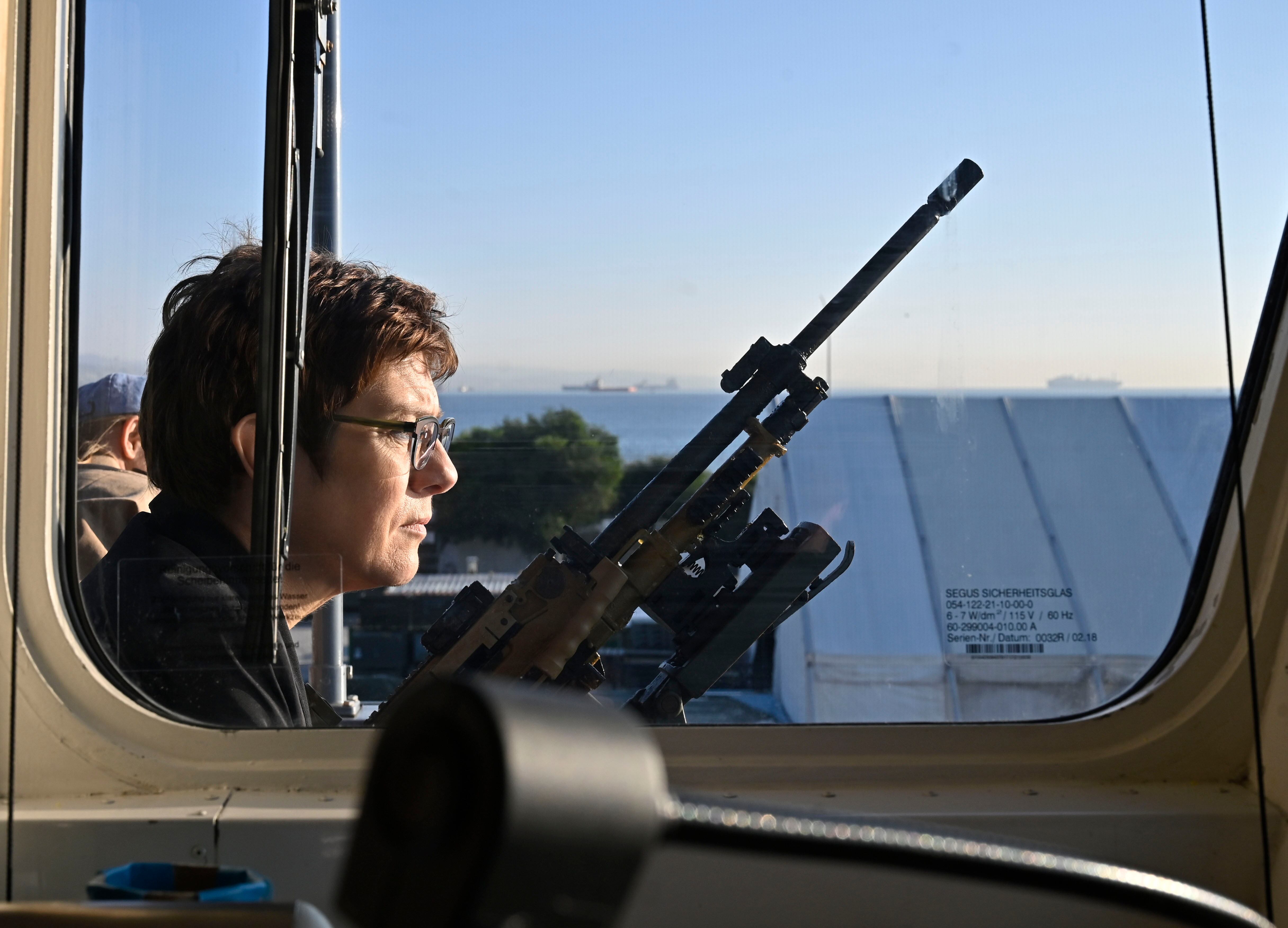COLOGNE, Germany — Buoyed by the recent Allied Spirit exercise in Poland, U.S. Army officials in Europe are eyeing a resumption of their training schedule amid the continued danger of the coronavirus and talk in Washington of removing almost 10,000 troops from Germany.
“We continue to fight for opportunities to train,” Brig. Gen. Christopher Norrie, the head of 7th Army Training Command based at Grafenwöhr, Germany, said in an interview. That is, so long as relevant health protocols can be followed, he added.
The exercise at the Drawsko Pomorskie Training Area in northwestern Poland, which ended on Friday, served as something of a trial balloon on whether live training can be done at all. The drill was an offspring of the larger Defender Europe-20 training campaign that had to be curtailed somewhat when the novel coronavirus outbreak swept through Europe in March.
“There is some momentum that we expect to build coming out of Allied Spirit in preparation for the remainder of the summer,” Norrie told Defense News. “All of the resources are aligned, the commands in place.”
The general idea of these exercises is to demonstrate a U.S. commitment to Europe vis-a-vis Russia, which officials here believe is feeling out the limits of NATO’s resolve on the continent.
In that context, the river-crossing drill takes on a relevant strategic flavor. The area in Poland, a critical strip of land connecting Western Europe to the Baltic states, is riddled with rivers and lakes.
RELATED

What’s more, the exercise saw a fictitious enemy composed of Polish and U.S. troops mount a defensive strategy aimed pushing soldiers back from the body of water at center of the event, Zly Leg Lake.
Elements of the 1st Cavalry Division, based at Fort Hood, Texas, also participated in the event, by way of a data link through the Joint Multinational Readiness Center at the Hohenfels Training Area in Bavaria.
“The fact that we would commit to doing this live in such a demanding, relevant environment against such a determined opposing force is a very tangible expression of our commitment not only to our own organization and our own formations, but also in support of our NATO partners and allies throughout Europe,” Norrie said.
Germany is something of a hub for U.S. Army training and staging in Europe, though that status is now in question given a push by U.S. President Donald Trump to move 9,500 troops from the country to Poland.
Little has trickled down about exactly what is in store, however. Kay Bailey Hutchison, the U.S. representative to NATO, said no final decisions have been made. NATO Secretary General Jens Stoltenberg, meanwhile, told reporters he had no information about “how and when” the Trump administration wants to proceed.
Military leaders, too, are still in the dark. Gen. Jeffrey Harrigian, the head of Air Forces in Europe told reporters last week that he had received no instructions toward a drawdown from Germany.
RELATED

As a one-star officer, the current drawdown debate is above his pay grade, Norrie admitted. “There is no change in mission to provide lethal, credible, ready combat formations in support of U.S. Army Europe and U.S. European Command, and we continue to focus on that,” he said.
In creating the command's training curriculum, the officials study reports of adversary activity worldwide, including tactics in the domains of hybrid warfare, countering drones, and electronic warfare, according to Norrie.
One relatively new tack is aimed at reducing units' electromagnetic footprint in the field. That includes eliminating vulnerabilities stemming from the use of personal electronic equipment like phones or smart watches.
Those lessons partly stem from reports from eastern Ukraine, where Russian-backed separatists were able to track Ukrainian forces through their communications activity, directing drone-aided long-range fires at the formations.
Sebastian Sprenger is associate editor for Europe at Defense News, reporting on the state of the defense market in the region, and on U.S.-Europe cooperation and multi-national investments in defense and global security. Previously he served as managing editor for Defense News. He is based in Cologne, Germany.







